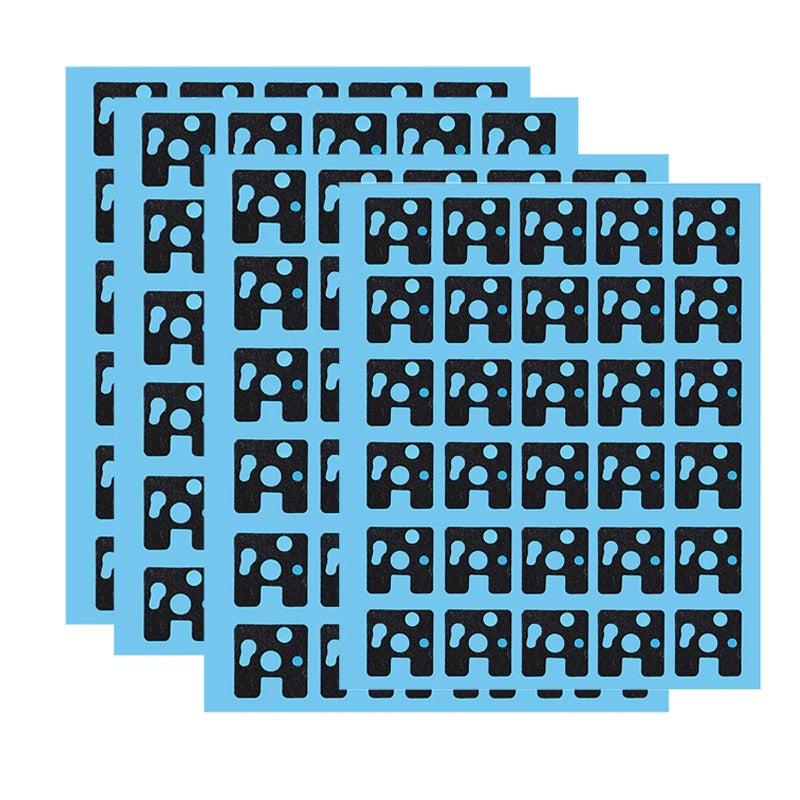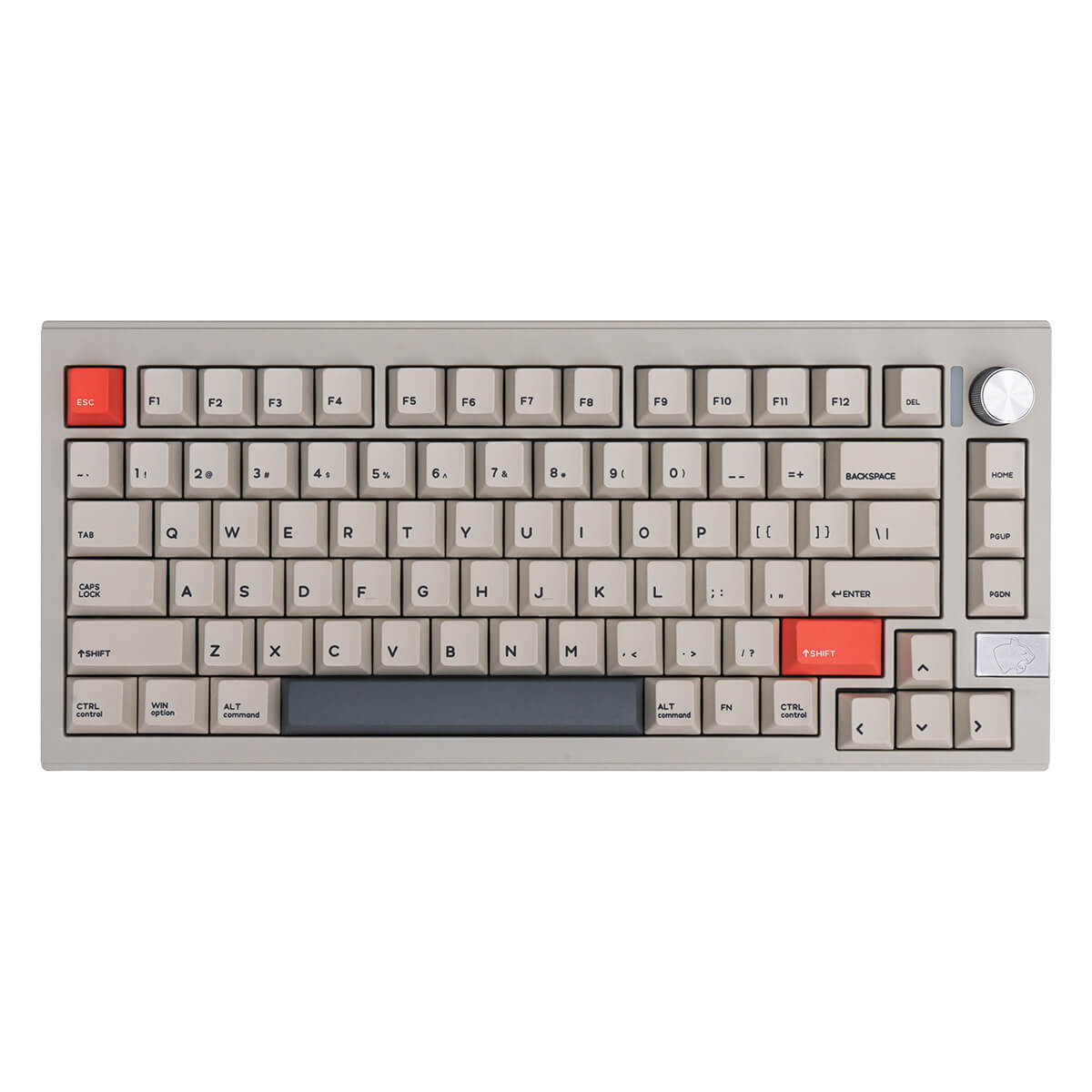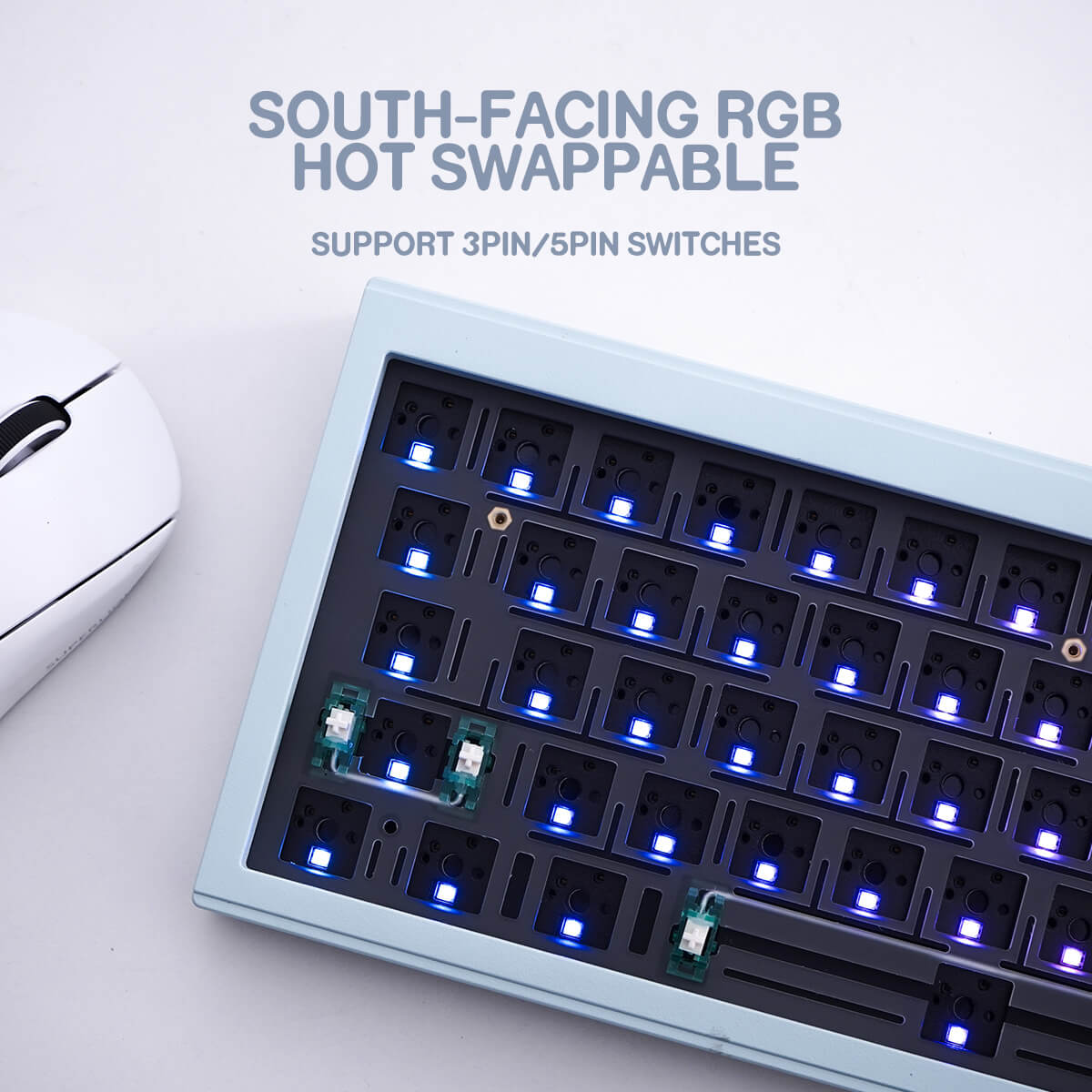Ever wondered why some keyboards sound like a jazz ensemble while others clatter like a toddler with a tambourine? Welcome to the wonderfully obsessive world of mechanical keyboard kits—a realm where screws,foam,and funky materials collide to create typing masterpieces. Whether you're a newbie dazzled by terms like "gasket mount" or a seasoned builder chasing the perfect "thock," let's unravel the secrets behind these customizable marvels.
The Case: More Than Just a Pretty Shell
Let's start with the keyboard's outer armor—the case. Picture it as your keyboard's tailored suit or cozy pajamas,depending on your vibe. Most premium kits use CNC-machined aluminum,which gives keyboards a hefty,luxurious feel and a deeper acoustic profile,like a bass guitar. Budget-friendly options often opt for polycarbonate plastic,a lightweight material that's transparent enough to let RGB lighting shine through like a rave in a snow globe. Choose aluminum if you want your desk to double as a workout station,or go polycarbonate if you'd rather your keyboard moonlight as a glow stick.

The PCB: The Overworked Conductor of Your Typing Orchestra
Now,let's peek under the hood. The Printed Circuit Board (PCB) is the keyboard's brain—or,more accurately,its slightly indecisive nervous system. This unassuming green board translates your frantic key smashes into digital signals your computer understands. Modern PCBs are often hot-swappable,meaning you can pop switches in and out like LEGO bricks—no soldering required. RGB lovers will geek out over gold-plated contacts and FR-4 fiberglass boards,which ensure your keyboard's lighting stays as flashy as a Vegas billboard. Just remember: single-mode PCBs (wired-only) are the laid-back backpackers of the keyboard world,supporting multiple layouts,while triple-mode PCBs (wired/Bluetooth/2.4G) are the divas that demand a single,unchanging layout.
The Plate: The Drama Queen Dictating Your Soundtrack
Next up: the plate,the keyboard's resident drama queen. This metal or plastic layer holds your switches in place and dictates whether your typing sounds like a rainstick or a jackhammer. FR-4 fiberglass plates deliver a crisp,snappy sound—imagine crushing a fresh bag of chips with your fingertips. Polycarbonate plates,on the other hand,mute the noise into a soft,cushioned "thock," as if you're typing on a cloud. Then there's aluminum,which adds a sharp,metallic ping perfect for channeling your inner supervillain. For extra flair,some plates feature flex cuts—tiny slots that let the keyboard bend slightly,creating a bouncy feel akin to typing on a trampoline.





